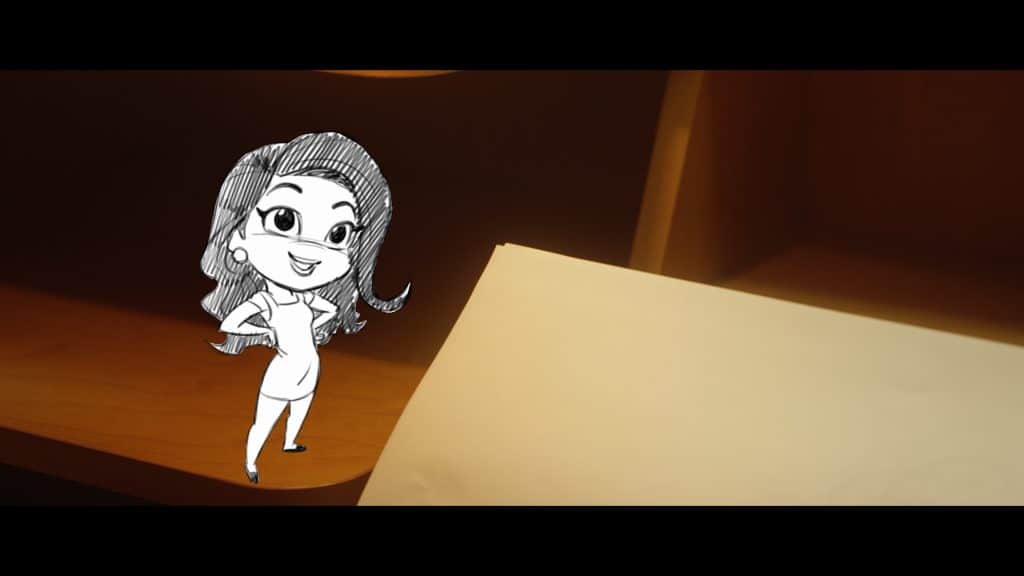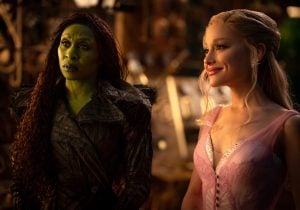Whether it was Snow White, The Little Mermaid, or Toy Story, audiences never forget seeing their first animated film. Animation has been with cinema since the beginning. A new documentary, Pencils vs. Pixels, celebrates the art form and how it has changed from Disney’s early days of hand drawing to the arrival of digital computer technology. The art form is constantly evolving, as are the types of animated films. However, animation is not a genre, and the documentary makes clear from the onset animation is a medium and another way to tell a story. Though there is a debate over the use of the medium, the biggest takeaway is that animation is as important to cinema as any live-action production.
Ming-Na Wen narrates as the documentary is divided into segments. The chapters cover many aspects of animation, from the pioneering days of Disney to the digital innovation still occurring today. The film takes its time to explain the origin, as well as the process of hand-drawn animation versus digital animation. In addition, the documentary features several long-time animators, as well as top talents in the industry, including Seth McFarlane and Sergio Pablos. While the documentary covers animation’s history, the debate is over what constitutes animation. This movie examines the transition and often competing viewpoints of hand-drawn 2D animation and digital computer generated.

The importance of Walt Disney and Disney Studios is predominately featured. Early on, Disney saw tremendous hits with Snow White and Bambi. While Disney cornered the market for many years, its success has been met with just as many valleys as peaks. Though animation companies have risen, Disney still dominates the animation canvas. Whether through the animated resonance that saw films like Beauty and The Beast and The Lion King become box office and critical juggernauts or the digital eruption that arrived with Toy Story, Disney continues to lead the industry as the animation pioneer.
It is Alex Hirsch, creator of Gravity Falls, who calls animation “a kind of black magic.” This is a seemingly fitting description given the process it takes to bring a drawing to life, not only to make it believable but to instill feeling and purpose on par with a real-life performance. The documentary covers the history of animated films as cheap entertainment to Oscar winners. Regardless of the medium, it is about storytelling and eliciting emotion and a reaction.

This idea of eliciting a reaction is at the heart of the documentary. For decades, traditional 2D animation dominated the mainstream landscape, but at the turn of the 21st century, attitudes and tastes changed. The digital arrival has been a disruptor to the industry, one that is still feeling the consequences. Many animators left when digital became the predominant art form. From the late 90s through the mid-2000s, studios favored and largely green-lit only 3D animated films. This change upended the industry and still reverberates today.
However, the documentary is not a depressing tale, and it weaves inspirations of hope for the medium. As is the case with any other medium, everything is cyclical. Trends change, and fads fade. Pencils vs. Pixels declares, “You cannot kill an art form.” Whether through Sergio Pablos’s critically lauded Klaus or the resurgence of 2D animation on TV, there is an understanding that everything old is new again. Mainly, as contemporary artists come into their own, there is a craving for a combination of traditional and digital animation.
The documentary, by the end, makes clear this does not have to be a clash of styles. Both digital and traditional animation can co-exist. Leonard Maltin, film historian and critic, brilliantly says of animation: “It made you believe in characters that don’t exist.” Any art to elicit such a reaction and evoke such feeling will work and endure.
Pencils vs. Pixels will be available on Digital platforms on November 7, 2023 courtesy of Strike Back Studios.
[youtube https://www.youtube.com/watch?v=bjmlmXwVzAc]
The documentary, by the end, makes clear this does not have to be a clash of styles. Both digital and traditional animation can co-exist. Leonard Maltin, film historian and critic, brilliantly says of animation: "It made you believe in characters that don't exist." Any art to elicit such a reaction and evoke such feeling will work and endure.
-
8
-
User Ratings (0 Votes)
0

Writing & podcasting, for the love of movies.
His Letterboxd Favorites: The Dark Knight, Halloween, Jaws & A Christmas Story.






